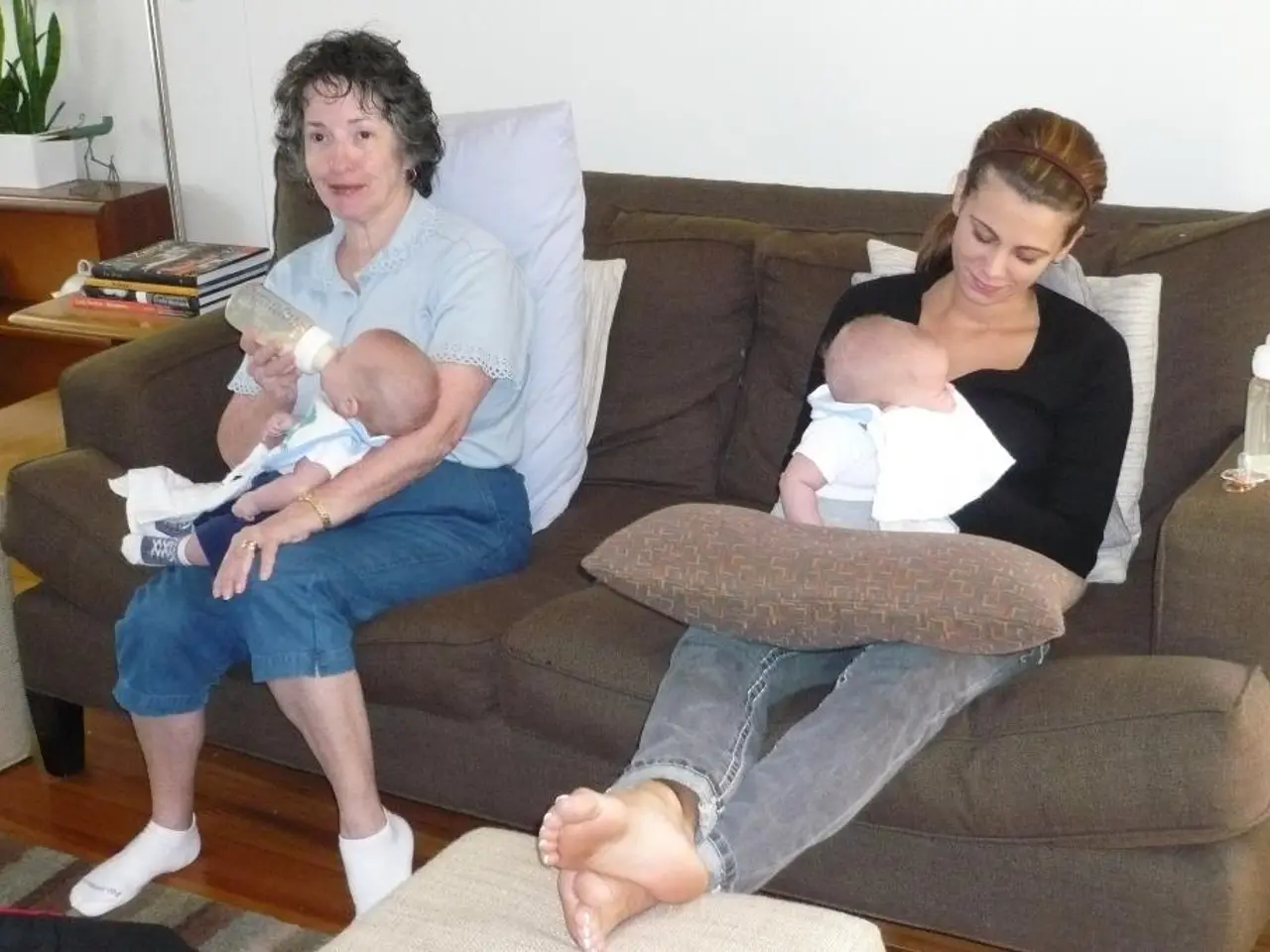Abandoned infants now have a sanctuary in Almaty region, Kazakhstan, as a baby box is inaugurated for their safety and care.
In the Almaty region, a new initiative aimed at saving the lives of infants has been introduced at the Enbekshi Kazakh multi-profile inter-district hospital. The hospital now houses a baby box, named "Cradle of Hope," which was funded through charitable donations and equipped with modern equipment, including a camera, heating system, and air conditioner.
This innovative project, a response to the issue of infant abandonment, has been the brainchild of Indira Jakupbekova, a representative of the Aspan Spage charity fund. The primary goal of the "Cradle of Hope" project is to provide a safe and anonymous alternative for mothers who find themselves unable to care for their newborns.
The baby box operates with a simple mechanism. Once a mother leaves her baby inside, the door locks automatically within 30 seconds, and medical staff from the intensive care unit receive a signal and begin examining the baby within 5 minutes. The mother has three months to change her mind and retrieve her child.
The installation of the baby box in the Enbekshi Kazakh district comes after a harrowing incident last year when a baby was abandoned, left in a small bag and hung on a store's handle. Over the past few years, dozens of abandoned babies have been rescued in the region, with cases of newborns found in ditches and trash containers cited as evidence by supporters of the baby boxes.
However, the impact and effectiveness of baby boxes in reducing infant abandonment in Kazakhstan are yet to be quantitatively assessed. Infant abandonment is influenced by complex social, economic, and cultural factors, and baby boxes are often one element among broader child protection and social support systems.
The debate surrounding baby boxes continues in society, with some expressing concerns that they might encourage women to abandon their babies, while others argue that they provide a safer alternative to ditches and trash containers. The organizers of the "Cradle of Hope" project plan to install several more baby boxes at hospitals in the future, hoping to make a significant difference in the lives of many infants.
Some of the rescued babies are currently living in shelters, while others have found families. The chief doctor of the Enbekshi Kazak multi-profile inter-district hospital, Jamalya Abayeva, reported this incident, stating that the project is not just saving one life but several for society.
As the "Cradle of Hope" baby box continues to operate, it is hoped that it will contribute to a reduction in unsafe or hidden infant abandonment cases, ultimately leading to a change in infant mortality linked to abandonment and raising community awareness and attitudes toward the program. Further evaluation studies or official reports will be needed to assess the impact of baby boxes in Kazakhstan quantitatively.
The innovative "Cradle of Hope" project, championed by Indira Jakupbekova, incorporates elements of science and technology, aiming to provide a safe haven for infants at risk of health-and-wellness issues due to abandonment. This project, especially relevant to women's health, has the potential to reduce infant mortality rates and foster a more supportive community attitude towards women in vulnerable situations.




